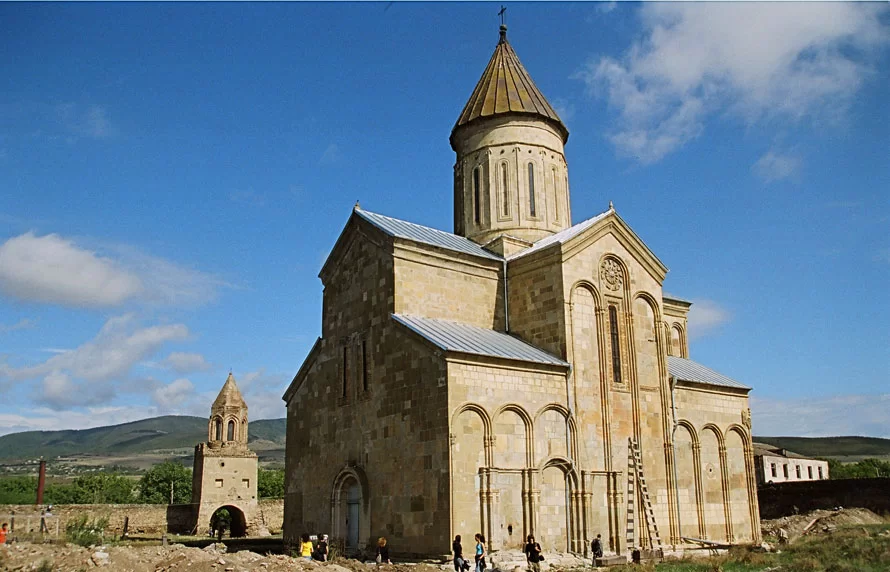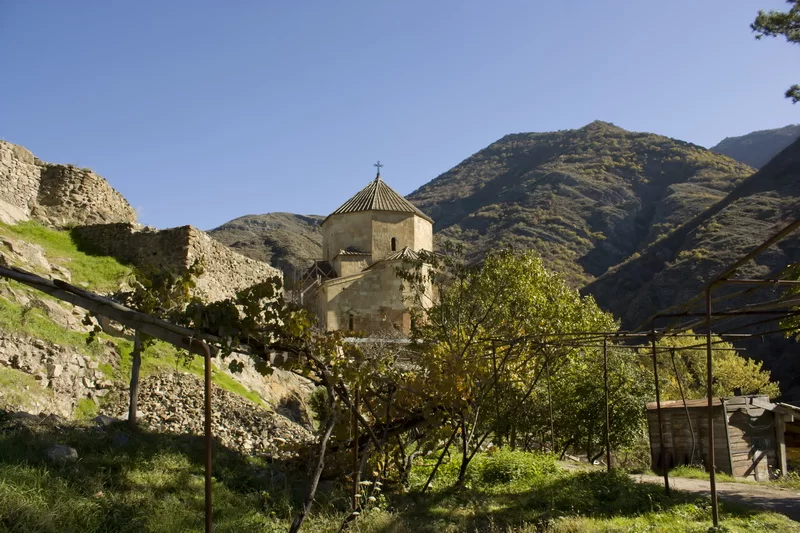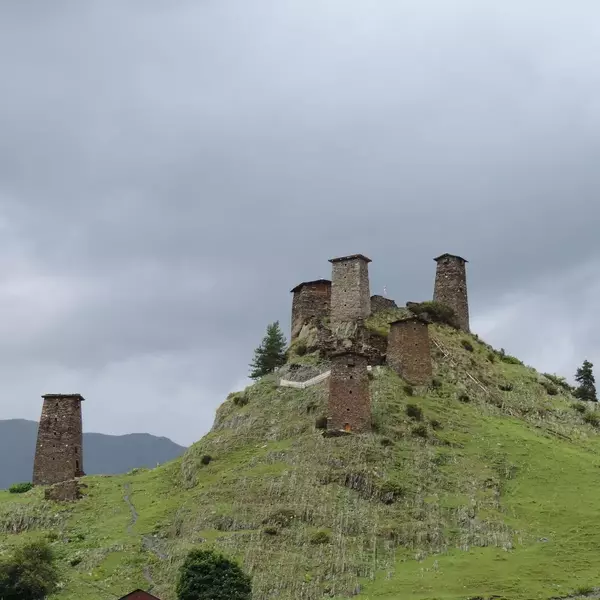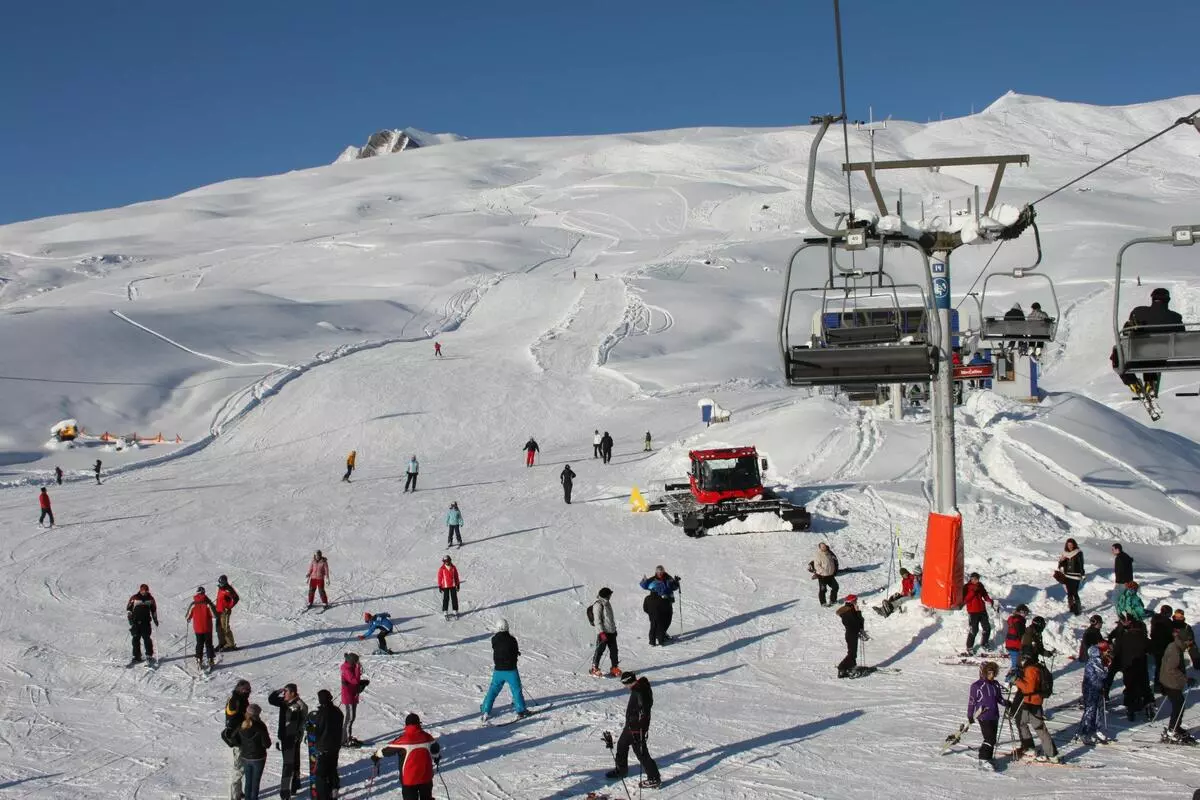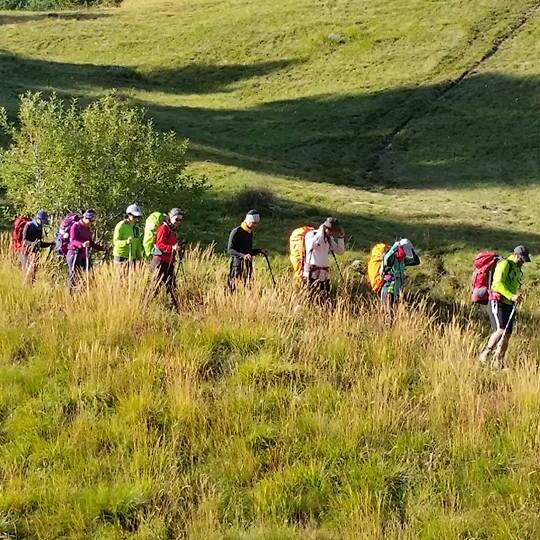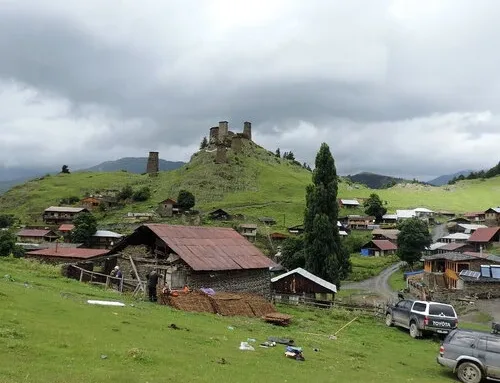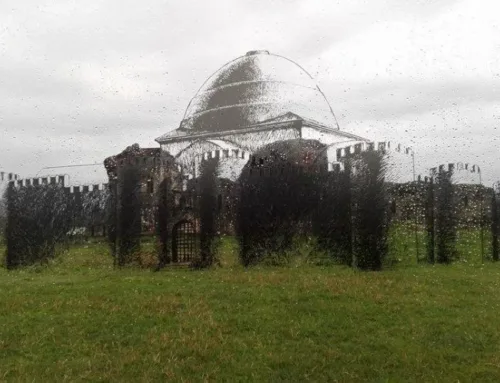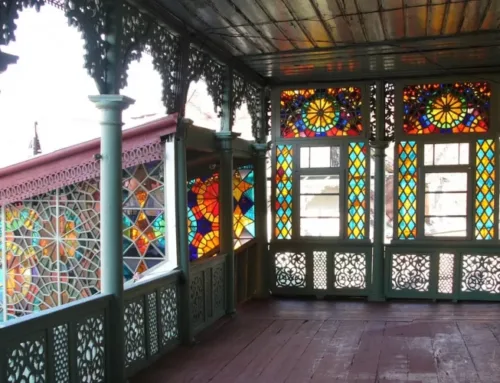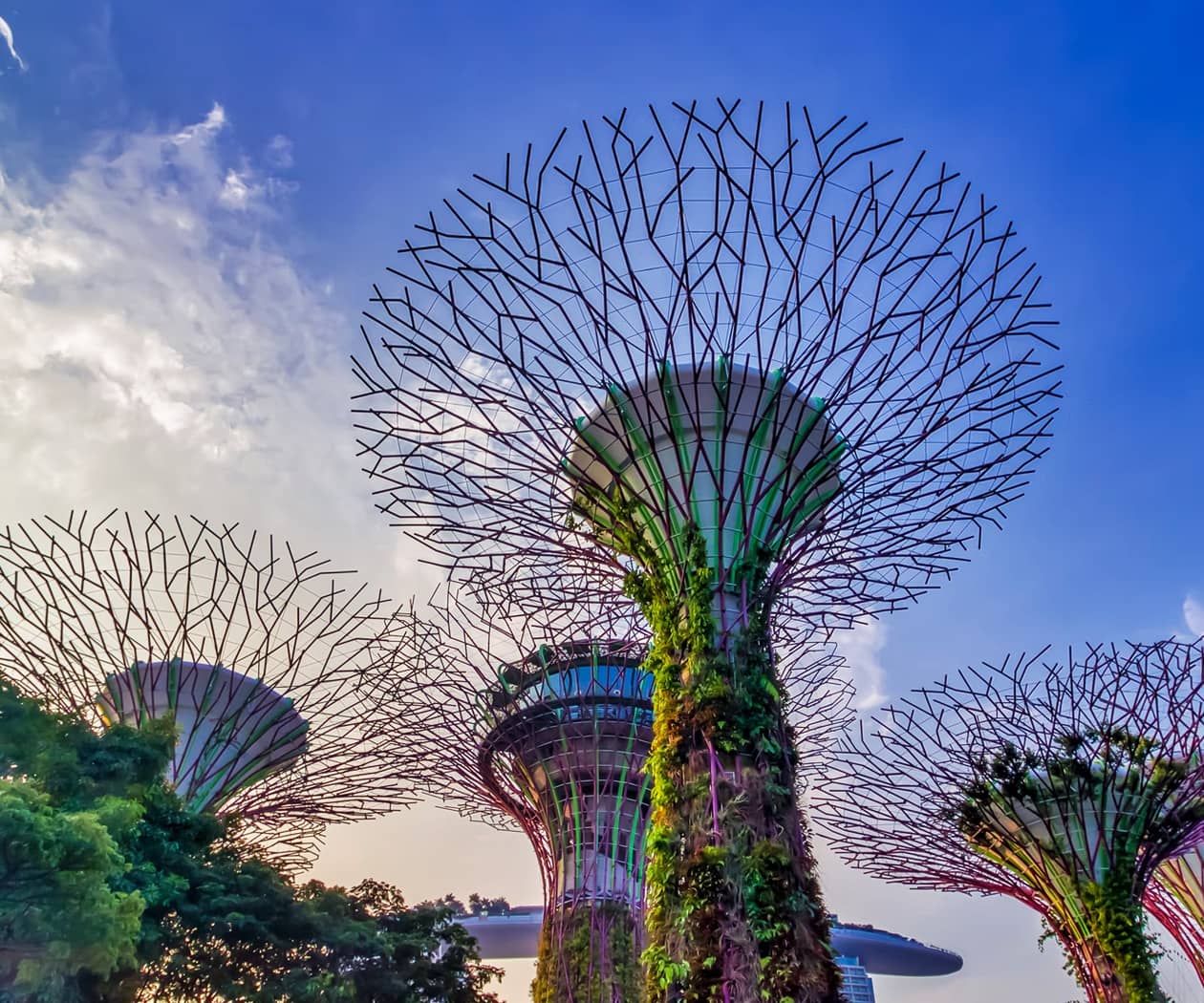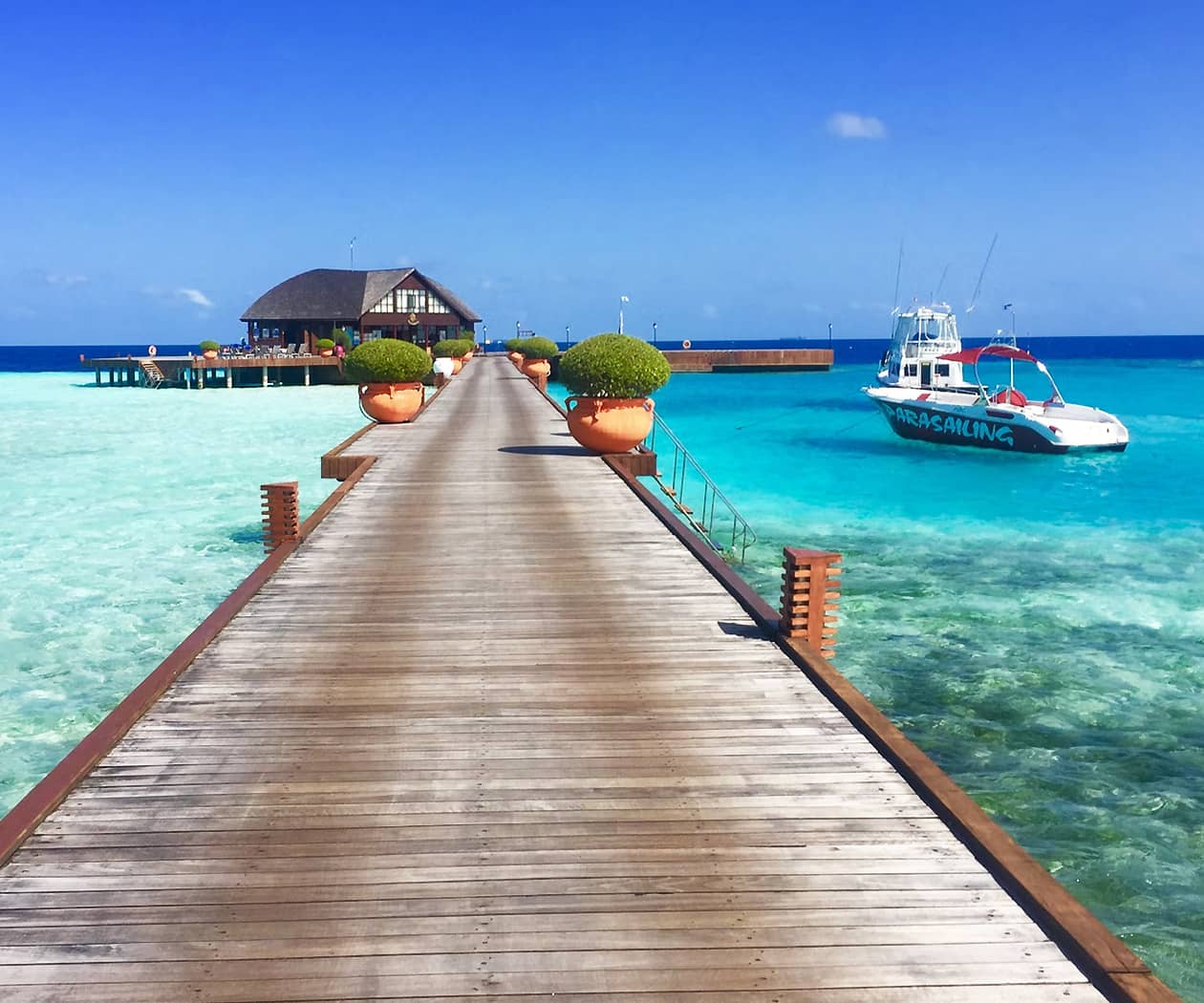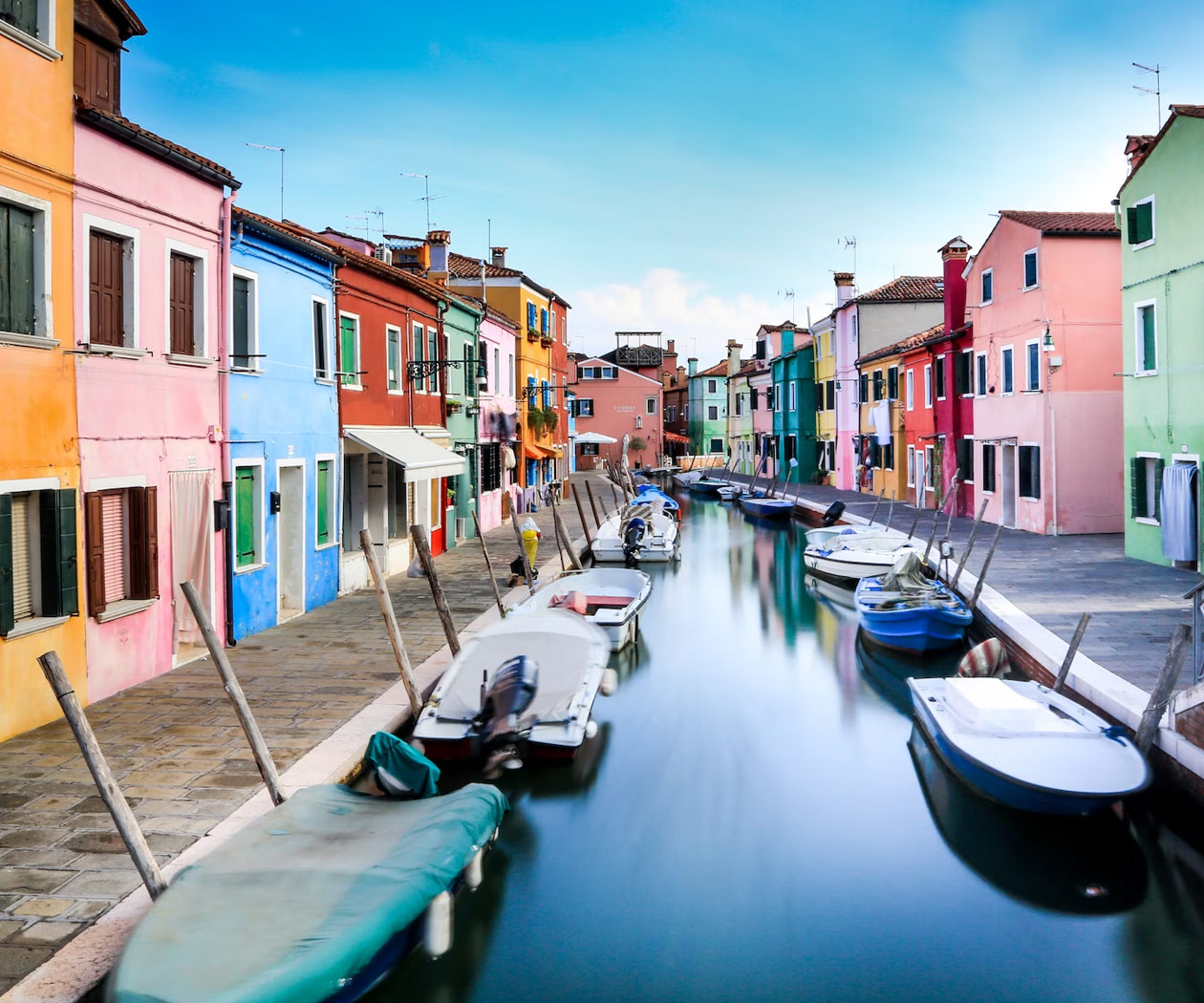Sataplia – Imereti caves protected areas
Complex of Imereti caves is located at a distance of 10 km from the town of Kutaisi. The area of the complex of Imereti caves is about 354 hectares. The Sataplia itself is located at 500 m above sea level. Karst caves can be found in this territory. Climate of Sataplia is subtropical. Amount of annual precipitation reaches 1900 mm. Average air temperature in January is +40C and in August +250C.
Sataplia Strict Nature Reserve is located in the subtropical zone. 98 % of its territory is covered with subtropical young forest of Colchic type. In the forest dominate beech groves with box-tree underbrush and hornbeam groves with Oriental hornbeam underbrush. Among coniferous plants natural yew trees (Taxus baccata) can be found here.
67 species of wood plants are described in the territory of the Strict Nature Reserve, out of which 30 are tree species and 37 – bush species; among them 59 species are deciduous and 8 – evergreen. Nearly half of wood plants are relict. There are relicts of the Tertiary period among them, such as: Caucasian hornbeam (Carpinus caucasica), Georgian oak (Quercus iberica), Oriental beech (Fagus orientalis), Sweet Chestnut (Castanea sativa), Imeretian buckthorn (Rhamnus imeretina), alder (Alnus barbata), European bladdernut (Staphylea pinnata), Colchic box-tree (Buxus colchica), et al.
Among the elements of Colchic forest 8 species are widespread in the Strict Nature reserve, such as: Colchic oak, Imeretian buckthorn, rhododendron, Butcher’s broom, Southern Butcher’s broom, European bladdernut, Caucasian Whortleberry and Colchic box-tree and among the elements of Poltava flora – box-tree, Colchic climber, rhododendron, et al.
It is remarkable, that rare and threatened 9 wood plants species of Georgia’s Red List are widespread in the Strict Nature Reserve, besides, 3 are endemic to Caucasus and one – to Georgia.
Sataplia Strict Nature Reserve is inhabited by 12 species of mammals, 5 species of reptiles, 4 species of amphybians and 30 species of birds. Among large mammals the following can be found here: jackal (Canis aureus), badger (Meles meles), Pine marten (Martes martes), Caucasian squirrel (Sciurus vulgaris), hare (Lepus europeus) and Red fox (Vulpes vulpes) and rarely, Grey wolf (Canis lupus) and Roe deer (Capreolus capreolus).
Multicolored birds complete the beautiful view of Colchic forest. The Strict Nature reserve is a kingdom of swallows, Chafffinchs, Chiffchaffs, Blackbirds and Jays. Hoopoe, quail and Woodcock often visit the Strict Nature Reserve.
The Strict Nature Reserve, interesting in many respects, is surrounded with the monuments of Georgian culture and architecture. The ruins of Antique city of Vani, destroyed in the 1st century B.C., is located near Sataplia. Vani is a very rich archeological monument with the remains of fence and gate and ruins of cult buildings and constructions. All the archeological materials discovered there is the real beauty of the State Gold Fund of Georgia. On the way to the reserve one can meet the monuments of Christian culture such as: Ubisa church of the 9th century, Gelati monastery complex of the 12th century with the wall paintings of the same century, Motsameta church of the 10th century and the ruins of Bagrati temple of the 11th century. The last together with the Gelati architectural monument is under the protection of United Nations Educational, Scientific and Cultural Organization (UNESCO).
The most developed types of tourism in the adjacent territory of the Strict Nature Reserve are the cultural and archeological tours. Driving and adventure tours to Zekari and Sairme are being organized as well. Sataplia itself has a considerable potential for speleological tours to be organized in its territory. Organization of ecological tourism and bird-watching tours is possible in the territory of the Strict Nature Reserve. Organizing of ethnographic and wine tours is also possible in the picturesque Imeretian villages nearby the Strict Nature Reserve.

